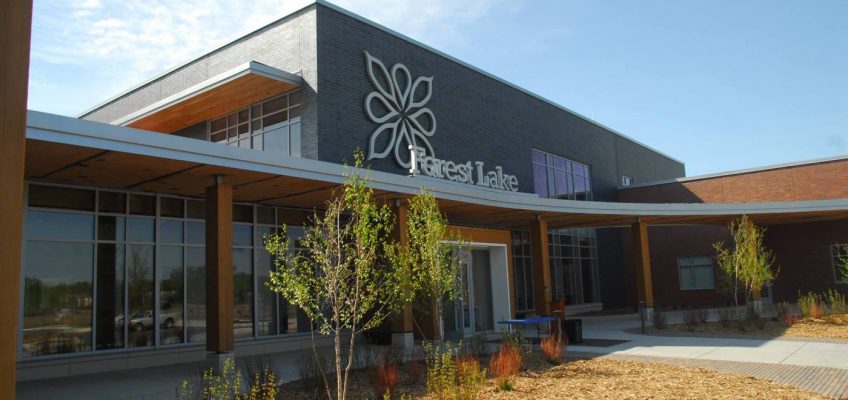Solventum, the massive health care spin-off from Maplewood-based 3M, made minor headway Tuesday night in its quest to move to the former Blue Cross Blue Shield campus in Eagan.
On Tuesday night the Eagan City Council approved a resolution of support for applications to the Minnesota Investment Fund and the state’s Job Creation Fund to renovate “from what was a call center facility into a high-tech medical research and development facility,” according to the MIF resolution.
The council also approved $100,000 of MIF loan forgiveness at the meeting, which would have otherwise been paid to the city’s revolving MIF fund.
The requested loan amounts were not disclosed in the resolution documents, but the Minnesota Department of Employment and Economic Development (DEED) will be responsible for reviewing and administering the loans.
The Minnesota Investment Fund provides financing “to help add new workers and retain high-quality jobs on a statewide basis,” according to DEED. The Job Creation Fund, which provides financial incentives to new and expanding businesses, requires applicants create at least 10 new permanent full-time equivalent jobs within two years of approval.
The project would provide over 1,000 “high wage jobs in Eagan” and some 600 to 800 employees are expected to be on site daily, according to the resolutions.
Depending on state assistance and other approvals, Solventum would relocate upward of 1,100 workers from Maplewood to Eagan.
Solventum is the latest company to take an interest in the 55-acre Blue Cross Blue Shield site, which became available last year after the insurance company’s employees opted for the hybrid work model.
Earlier this year, Johnson Bros. Liquor Company, the third-largest wine distributor in the nation, was considering the site at 3535 Blue Cross Road for a new distribution facility.
After scrutiny from residents and the Eagan City Council, Johnson Bros. withdrew its application in March.
Solventum officially became its own company in March and began trading on the New York Stock Exchange on April 1. It could qualify as Minnesota’s latest Fortune 500 company once the new rankings are published in 2025.
Related Articles
Reward increased for ongoing Dakota County missing woman investigation
Have questions about home buying? Get answers at Thursday’s housing fair.
Stalled motorhome catches fire in Eagan, kills driver
Dakota County school districts asking voters for funding bump this fall
Family man, veteran, paramedic: As fallen Burnsville firefighter’s name added to state memorial, co-workers remember him




